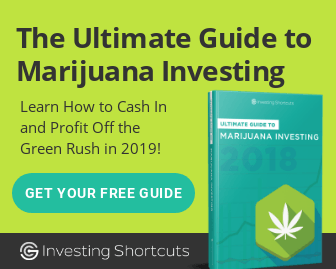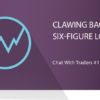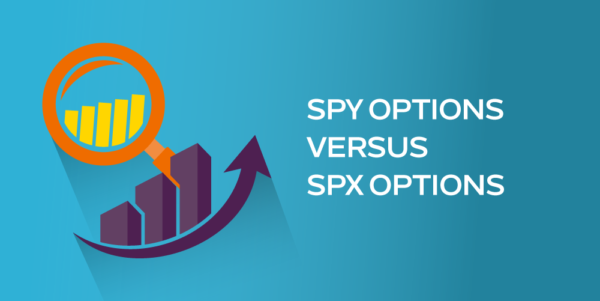
Think implied volatility is likely to rise? Want to put on a position that can potentially profit from an increase in IV?
Then a long options calendar spread might make sense.
A long options calendar spread is comprised of long calls or puts and short calls or puts. These calls or puts, however, have different expiration dates.
If you expect a move lower and a corresponding increase in implied volatility, you might consider a long put calendar spread.
Here’s how to do it:
- Choose a strike price for the puts
- Sell the front month put
- Buy the deferred month put
- Manage the position
When choosing a strike price for the puts, you ideally want to choose a strike that may be reached, but not before the front month short puts expire.
The horizontal type of put spread uses puts of the same strike price; however, a vertical strategy may also be used with different strike prices.
A long horizontal put calendar spread is limited in risk to the debit paid but may have unlimited profit potential.
Trade Example:
Trader Joe believes that stock ABC will decline in the coming weeks and see a significant increase in implied volatility.
ABC is currently trading at $40 per share.
Joe initiates a long put calendar by selling the front month $35 puts and purchasing the deferred month $35 puts. Joe collects a premium of $.50 for the sale of the front month puts and pays a debit of $1.50 for the deferred month puts for a net debit of $1.00 per spread.
Because options with more time are more sensitive to changes in IV, a sharp increase in implied volatility may pump up values in the long puts at a faster rate than the short puts and can potentially produce a profit.
If the short front month puts expire worthless, and the stock begins a rapid decline, the long $35 puts can potentially profit all the way down to zero.
If the stock falls faster than expected and drops below the $35 strike price before the front month puts expire, a trader may realize the maximum loss potential of the debit paid.
The long put calendar spread is just one method for playing a potential increase in implied volatility. These spreads are simple to initiate, have defined risk and potentially unlimited profit potential. This type of options strategy has a place within the trading arsenal of both experienced and novice traders.










